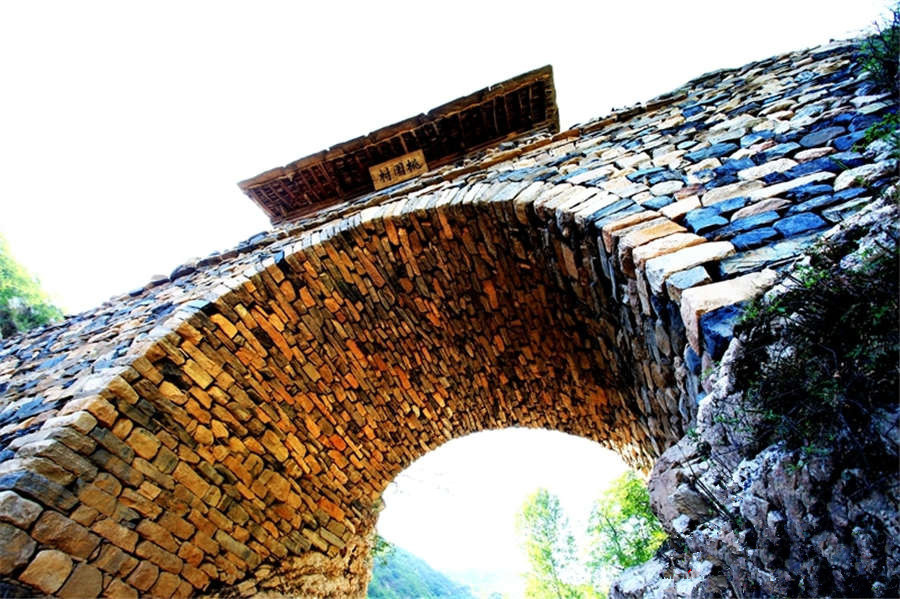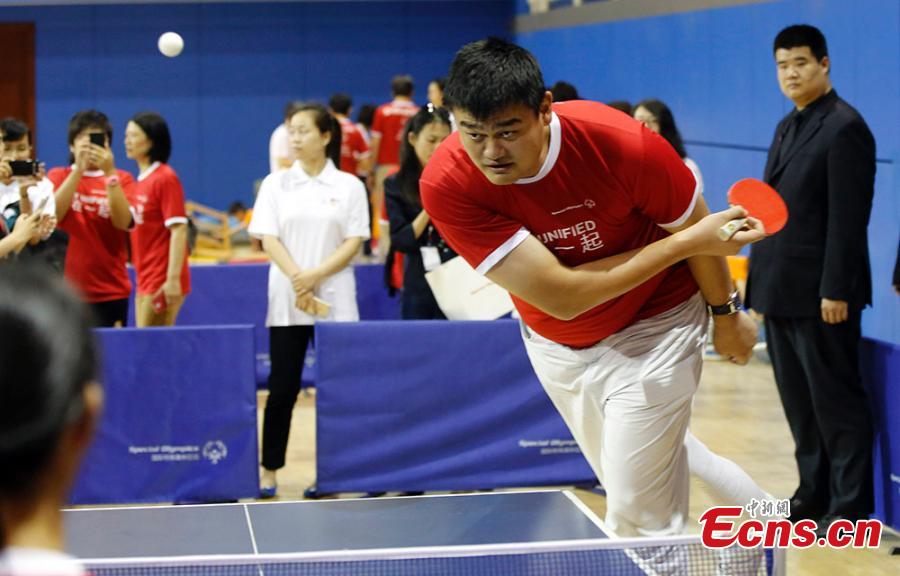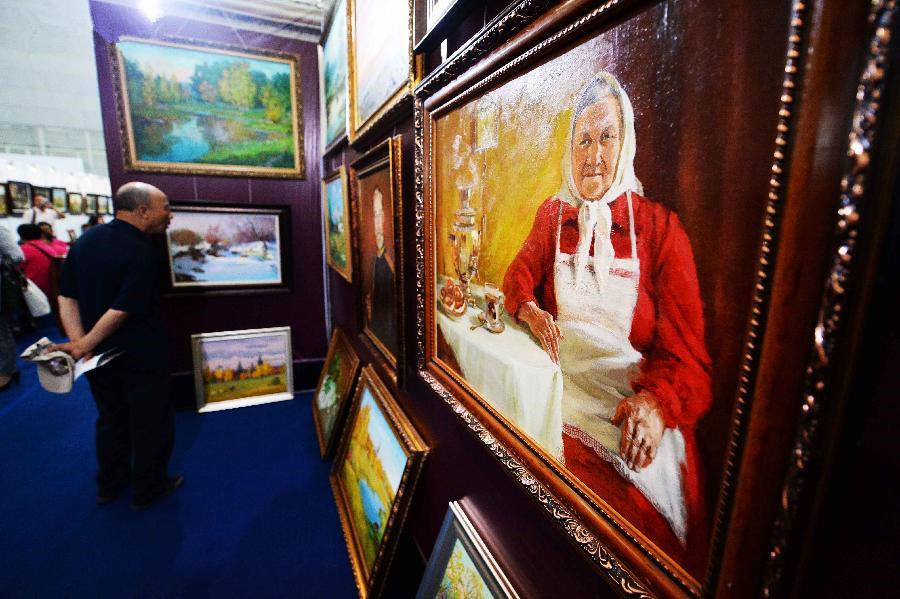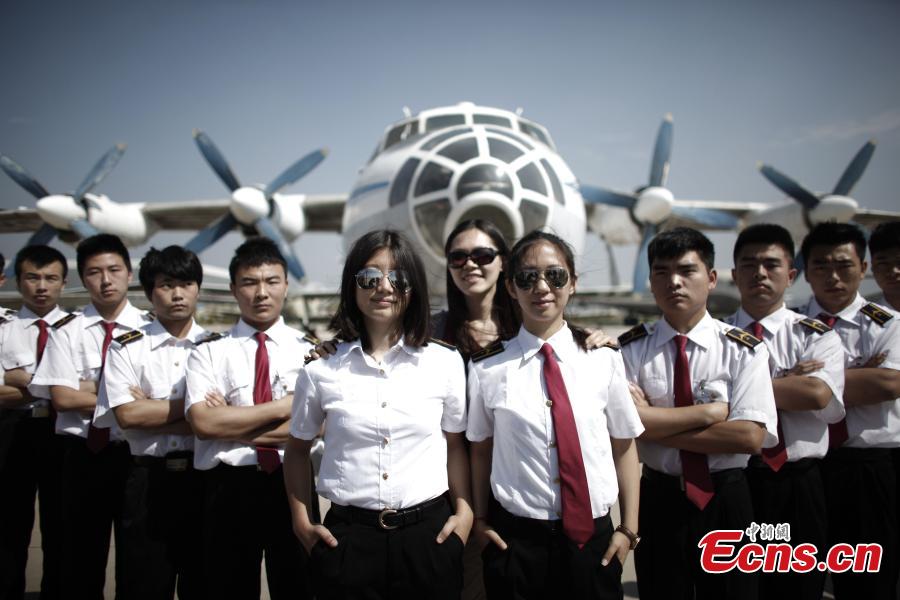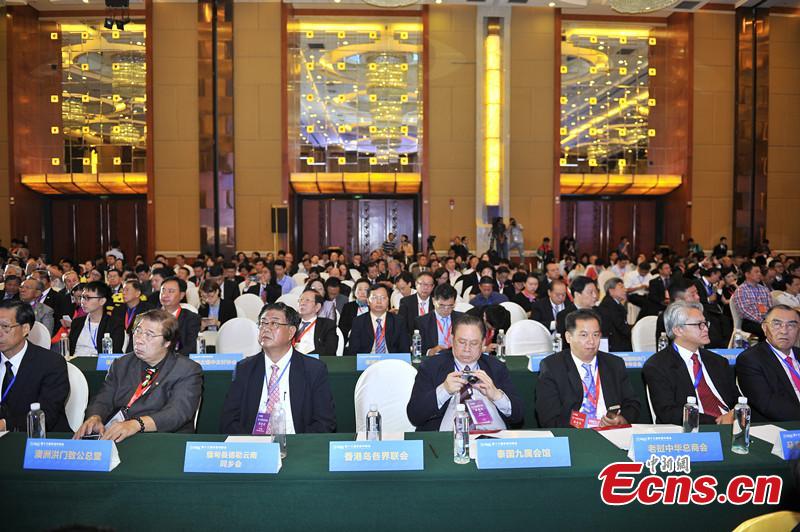China has spared little effort celebrating this month's centenary of the 1911 Revolution, with various commemorative activities being held and the art world also joining forces, as a large-scale exhibition to mark the event opened Saturday at the National Art Museum of China (NAMOC).
Organized by the Ministry of Culture, the exhibition is a joint effort with several organizations and museums, particularly from Guangdong Province, where many of the revolution's leaders emerged.
The exhibition, Century Development-Inspiring Painting, mainly borrows private or public collections both in China and abroad and showcases a wide range, including calligraphy, Chinese-style painting, oils, prints, and sculptures, together vividly representing a period of history when Chinese people struggled to overthrow a feudal society and establish a new China.
A brochure, distributed at hotels and universities, features one of the exhibition's highlights, a relief of the October 10th Wuchang Uprising, which is carved on the Monument to the People's Heroes in Tiananmen Square and also painted on the wall of the main exhibition hall.
All nine halls are solemnly decorated, the walls painted maroon, described by Fan Di'an, director of NAMOC, as "the color of the earth," which indicates "all Chinese people are 'Descendants of the Yellow [Emperor],'" the sovereign Huangdi (2697–2597 BC), who is, according to legend, the father of Huaxia.
"All Chinese people love this land, no matter where they are now," Fan said at the opening, attended by luminaries such as Sun Jiazheng, vice-chairman of the Chinese People's Political Consultative Conference (CPPCC) and Wang Wenzhang, Vice-Minister of Culture. "That's why today Chinese from the world's art circle are gathered together to celebrate the 100 years of the Xinhai Revolution."
Entering, visitors are greeted with a huge bronze statue of a seated Sun Yat-sen, known as the Father of Chinese Democracy, which sets the tone for the whole exhibition.
At a height of 183 cm, the outsized statue was created by master sculptor Liu Kaiqu in 1944, and features the characters of the slogan "The World is for All," a famous saying of Sun's.
A statue of Cai Yuanpei, an educator who served as the provisional Republic's Minister of Education after 1911, and created by Liu in 1986, is also being showcased. Both sculptures are rarely shown to the public.
However, the highlights are probably original calligraphic works and paintings by revolutionary leaders and activists such as Sun, Huang Xing, Yu Yu-jen and He Xiangning, all established artisans at the time.
Several pieces of Sun's precious calligraphy, among which are "The World is for All" and "Universal Fraternity," show Sun's devotion to building a democratic republic in China.
A range of works by Huang Xing, Chen Shaobai, Liao Zhongkai and Zhang Bingling, among other "celebrities" of the 1910s, also give audiences a glimpse at the spirit and ambitions of the period.
Among nearly 300 pieces on display, some are by famous painters and sculptors from the last few decades and some were commissioned this year by NAMOC and manufactured by Chinese around the world, including Taiwan, Hong Kong and Macao.
Fan said he was deeply impressed so many artists were interested in the subject, and went to such efforts to mark the centenary. Nearly 100 were invited to create artworks for this event.
The 1911, or Xinhai, Revolution, successfully overthrew the Qing Dynasty (1644-1911) and led to the formation of the Republic of China, presided over – temporarily, at least – by Sun on the basis of his Three Principles of the People: nationalism, democracy and livelihood.
It was a milestone event for China that saw two millennia of dynastic rule end abruptly and unexpectedly.
The exhibition runs until October 22, and according to Fan, a series of lectures will talk about the stories behind works by the revolution's artistic alumni, to help visitors and students of the period understand more of what happened during those tumultuous years.









